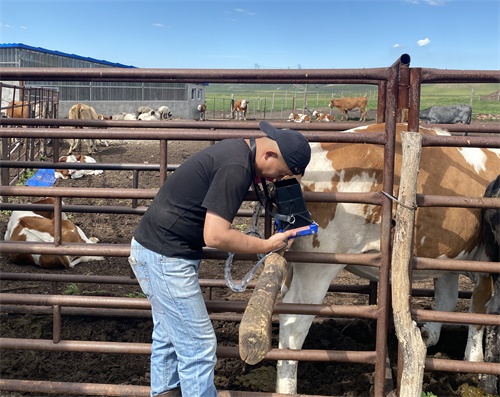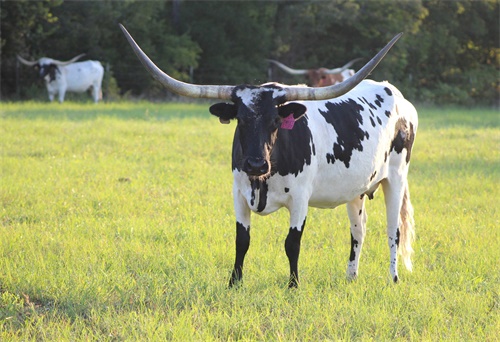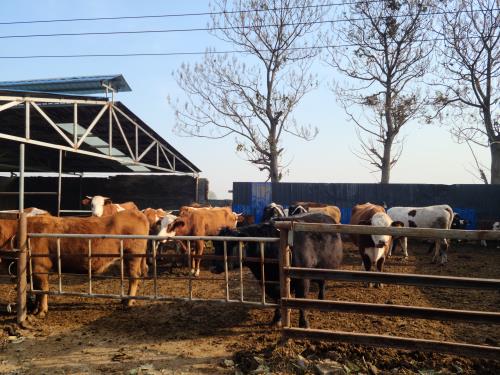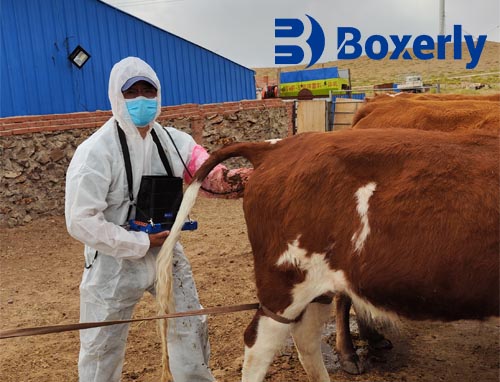For many farmers, timing is everything when it comes to pregnancy checks in cows. Scan too early, and results may be inaccurate. Scan too late, and valuable time is wasted on open cows. Knowing the optimal window for pregnancy diagnosis helps farmers reduce costs, improve herd efficiency, and plan calving more effectively. The key is balancing accuracy with practicality.

Why Timing Matters in Pregnancy Checks
Pregnancy diagnosis is not just about confirming if a cow is pregnant. It also influences breeding schedules, culling decisions, and feed management. If an open cow is identified early, she can be rebred sooner, saving weeks of lost productivity. On the other hand, late detection leads to longer calving intervals and reduced milk yield over time.
Pregnancy Diagnosis Methods and Their Timing
Different methods of pregnancy checking have different windows of accuracy. Farmers often rely on a combination of tools depending on herd size, budget, and veterinary access.
| Method | Earliest Detection | Key Advantages | Limitations |
|---|---|---|---|
| Ultrasound | 28–30 days post-breeding | Early and highly accurate; can detect twins and fetal heartbeat | Requires skilled operator and proper equipment |
| Rectal Palpation | 35–40 days post-breeding | Widely available; no special equipment needed | Less precise for early detection; risk of embryonic loss if too early |
| Blood Test (Pregnancy-Specific Proteins) | 28–32 days post-breeding | Simple, reliable, lab-based confirmation | Cannot provide info on embryo health or twins |
| Milk Test (Progesterone) | Day 21 post-breeding | Useful as an early screening tool | False positives possible; best used with follow-up testing |
Practical Considerations for Farmers
Early Screening vs. Confirmation: A milk or blood test can be used as an early indicator, but ultrasound confirmation gives a full picture.
Labor and Cost: On smaller farms, rectal palpation may be more affordable, while larger farms benefit from ultrasound efficiency.
Rebreeding Plans: If open cows are found at 30 days, they can be rebred quickly, reducing wasted cycles.
Calving Management: Early detection helps predict calving dates, improving nutrition planning for late gestation.
The Risk of Checking Too Early
Farmers often want to know pregnancy results as soon as possible, but testing too early carries risks. Embryonic mortality is highest in the first month, so very early detection may only cause false confidence. A cow that scans positive at 25 days may still lose the embryo before 40 days. That’s why many vets recommend waiting until at least 28–30 days for the first reliable scan.

Long-Term Benefits of Well-Timed Pregnancy Checks
Shorter Calving Intervals: Open cows are rebred sooner.
Improved Herd Fertility: Problem cows are identified and treated faster.
Better Economic Returns: Fewer wasted days, higher lifetime productivity.
Targeted Nutrition: Pregnant and open cows can be fed according to their specific needs.
Conclusion
The best time to scan for pregnancy in cows is generally between 28–40 days after breeding, depending on the method used. Farmers who adopt timely pregnancy checks not only improve accuracy but also save costs and enhance herd productivity. A proactive pregnancy diagnosis strategy ensures that every cow contributes effectively to the farm’s profitability.








